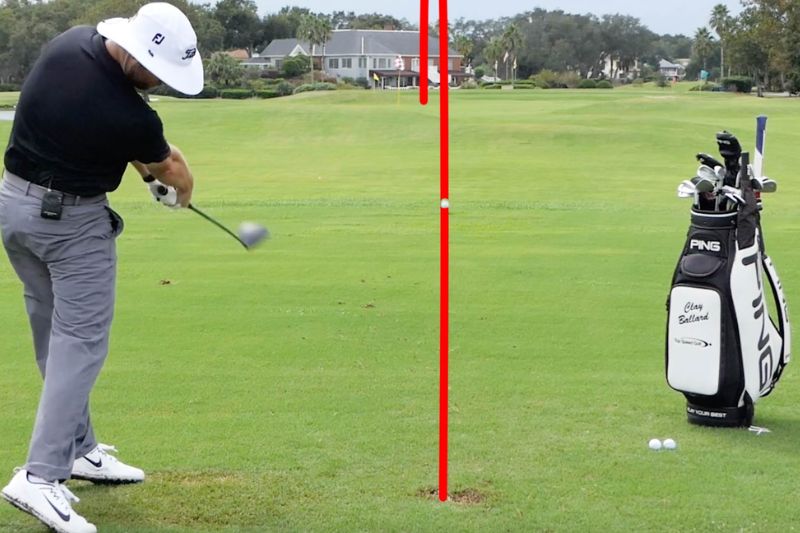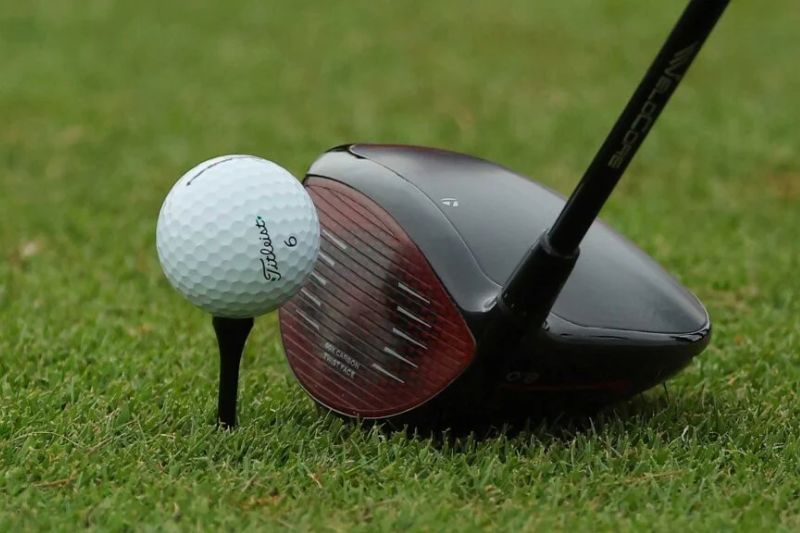Driving the ball straight is one of the most sought-after skills in golf. Whether you’re a beginner or a seasoned player, the ability to hit a straight drive can significantly improve your game and lower your scores. In this guide, we’ll explore the essential techniques, tips, and tricks that can help you achieve a straighter drive every time you step up to the tee.
How to Drive the Ball Straight in Golf
-

How to Drive the Ball Straight in Golf
Hitting a straight drive is not just about raw power; it involves a combination of proper stance, grip, swing mechanics, and mental focus. Let’s break down the key components that contribute to driving the ball straight.
Stance: The Foundation of Your Swing
Your stance is crucial for a straight drive. A solid foundation allows for better balance and control throughout your swing.
- Feet Position: Stand with your feet shoulder-width apart. This provides stability and allows for a full range of motion during your swing.
- Knees and Hips: Keep your knees slightly bent and your hips aligned with your feet. This athletic posture prepares your body for the swing.
- Alignment: Ensure your shoulders, hips, and feet are parallel to your target line. This alignment will help you swing the club directly towards your target.
Grip: Control the Club
Your grip affects how the clubface interacts with the ball. A proper grip is essential for accuracy.
- Grip Pressure: Hold the club firmly but not too tight. A relaxed grip allows for better control and feel during the swing.
- Grip Position: Place your hands on the club so that the “V” formed by your thumb and index finger points toward your right shoulder (for right-handed golfers). This position helps square the clubface at impact.
Swing Mechanics: The Art of the Drive
The swing is where all the components come together. A smooth, controlled swing will lead to straighter shots.
- Backswing: Start your backswing by turning your shoulders while keeping your arms relaxed. Avoid overextending your arms, as this can lead to an inconsistent swing.
- Downswing: Initiate the downswing by shifting your weight to your front foot. This movement generates power and helps maintain balance.
- Follow-Through: A complete follow-through is essential. Finish your swing with your chest facing the target and your weight shifted onto your front foot.
Tee Height: Finding the Sweet Spot
The height at which you tee the ball can influence your drive’s trajectory and accuracy.
Teeing Height: For drivers, the ball should be teed high enough so that half of the ball is above the top edge of the clubface at address. This position promotes an upward strike, helping to achieve a straighter shot.
Mental Focus: The Power of Visualization
Your mental state can greatly affect your performance on the course.
- Visualization: Before you swing, visualize the ball traveling straight toward your target. This mental imagery can help you relax and focus on executing your swing.
- Stay Calm: Take a deep breath and clear your mind before each shot. A relaxed state will allow for a smoother swing.
Additional Techniques to Drive Straight
-

Additional Techniques to Drive Straight
Practice Drills for Consistency
Regular practice is key to improving your driving accuracy. Here are some drills to help you develop a straighter drive:
- Alignment Stick Drill: Place an alignment stick on the ground pointing toward your target. Practice swinging while ensuring your club follows the line of the stick.
- One-Handed Swings: Practice swinging with one hand at a time. This drill helps develop strength and control in your arms and wrists.
Equipment Matters: Choosing the Right Driver
The right equipment can make a significant difference in your ability to drive the ball straight.
- Driver Specifications: Look for a driver that suits your swing speed and style. A club fitting can help you find the right loft, shaft flex, and grip size.
- Club Face: Ensure your driver has a large sweet spot. This feature will help you achieve straighter shots even on off-center hits.
Understanding Ball Position
The position of the ball in your stance can affect your swing path and impact.
Ball Placement: For a driver, position the ball just inside your front foot. This placement allows for an upward strike, promoting distance and accuracy.
The Importance of Follow-Through
A proper follow-through is essential for maintaining balance and ensuring a straight shot.
Finish Position: After making contact with the ball, your body should naturally finish facing the target. A complete follow-through indicates that you’ve maintained control throughout your swing.
Adjusting for Wind and Course Conditions
External factors can influence your drive.
- Wind Direction: Pay attention to the wind. Adjust your aim and swing accordingly to compensate for any crosswinds.
- Course Conditions: Wet or dry conditions can affect how the ball rolls after landing. Adjust your strategy based on the course conditions.
Analyzing Your Swing with Technology
-

Analyzing Your Swing with Technology
Utilizing technology can provide valuable insights into your swing mechanics.
Launch Monitors: Use a launch monitor to analyze your swing speed, launch angle, and spin rate. This data can help you make informed adjustments to improve your driving accuracy.
Finding Your Rhythm
Every golfer has a unique rhythm that works for them.
Practice Your Tempo: Spend time finding a swing tempo that feels comfortable. A consistent rhythm can lead to more accurate drives.
Learning from the Pros
Watching professional golfers can provide inspiration and insight into effective driving techniques.
Analyze Their Techniques: Observe how pros set up for their drives, their grip, and their swing mechanics. Incorporate elements that resonate with your style.
Staying Patient and Persistent
Improving your drive takes time and practice.
Set Realistic Goals: Focus on small improvements rather than expecting perfection overnight. Celebrate your progress and stay patient.
Conclusion
Driving the ball straight is a skill that requires dedication and practice. By focusing on your stance, grip, swing mechanics, and mental approach, you can significantly improve your driving accuracy. Remember, every golfer experiences ups and downs, so embrace the journey and enjoy the game!
FAQs
1. What is the most important factor in driving the ball straight?
The most important factor is maintaining proper alignment and grip throughout your swing.
2. How can I improve my swing mechanics?
Regular practice, focusing on drills, and possibly working with a coach can help refine your swing mechanics.
3. Should I tee the ball high or low for a straighter drive?
Teeing the ball higher generally promotes a straighter drive, especially with a driver.
4. How often should I practice to see improvement?
Aim for at least one dedicated practice session per week, focusing on driving accuracy.
5. Can technology help improve my driving accuracy?
Yes, using launch monitors and swing analysis tools can provide valuable data to help you make adjustments. This comprehensive guide on driving the ball straight in golf should provide you with the tools and knowledge to enhance your game. Remember, practice makes perfect, and with time, you’ll see improvements in your driving accuracy!

I am the owner of Ricks Golf Shop, a popular destination for golf enthusiasts. My passion for golf began in my teenage years and has only grown over the years. With over 10 years of experience in the golf industry, I offer expert advice and quality products. With a friendly demeanor and extensive knowledge, I ensure every customer leaves happy.
